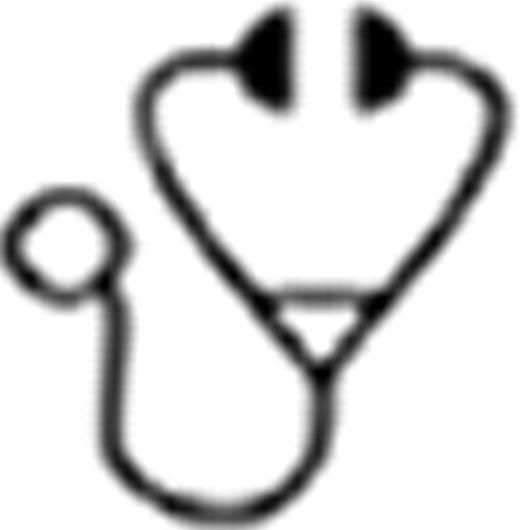Abstract
Allogeneic hematopoietic stem cell transplantation (HSCT) is indicated for patients (pts) with acute leukemia (AL) with poor-risk cytogenetics or refractoriness to chemotherapy. For adults requiring HSCT urgently, such as pts in first complete remission (CR1), a single (s) or double unit (d) UCBT is a valid stem cells source. In the sUCBT setting, type of conditioning regimen seems to be associated with better outcome (Sanz BMT 2012). With the aim to compare single vs double UCBT after myeloablative conditioning regimen (MAC) in a homogeneous series of pts, we analyzed 239 adults (>18years) with AL in CR1. Pts were transplanted with sUCBT (n=156) or dUCBT (n=83) from 2005–2011 in EBMT centers for ALL (n=101) and AML (n=138). Type of MAC was statistically associated with outcomes therefore pts were analyzed in 3 different groups: Group 1: pts receiving sUCBT with TBI-based+Cy (+Flu) (n=68) (performed in 42 transplant centers (TC)), Group 2: pts receiving sUCBT with Bu+Flu+Thiotepa (n=88) (performed in 23 TC) and Group 3: pts receiving dUCBT with Cy+TBI+Flu (n=83) (performed in 47 TC). No statistical differences were found among the 3 groups for pts and disease characteristics (diagnosis, risk, gender, weight, CMV status, year of UCBT and time from diagnosis to UCBT) however pts in group2 were older than in group1 and 3 (median age 38 vs 33 vs 31 years) (p=0.03). Cytogenetic at diagnosis was available for 176 pts, 39% of pts were classified in the intermediate risk and 56% in unfavorable risk group. Forty-two pts had t(9;22) and 26 FLT3/ITD mutation. No differences on cytogenetic were found among the 3 groups.
Thirty one percent of CB units were identical to recipient or had 1 HLA disparity (antigen level typing for HLA-A and B and allelic level for DRB1) while 69% had 2–3 HLA disparities. There was no difference on HLA disparities among the 3 groups.
Median infused TNC was 2.9×107/kg for group1, 3×107/kg for group2, and 3.7×107/kg for group3 (p=0.01) and median CD34 was 1.2×105/kg, 1.6×105/kg and 1.5×105/kg, respectively (p=0.32).
ATG was part of conditioning regimen in 73% of pts. The use of ATG was different in the 3 groups (70%, 90% and 40% for group1, 2 and 3, respectively p<0.001). GVHD prophylaxis consisted either of CSA±MMF or CSA±steroids in 46% and 22% of pts, respectively. All groups had the same median follow-up time: 24 (range 3–74) months.
For group1, group2 and group3, the cumulative incidence (CI) of 60 days neutrophil recovery was 82%, 89% and 87% (p=0.15), with median time of 27, 21 and 24 days, respectively (p<0.001).
Chimerism analysis performed at day 100 showed full donor chimerism in 87% of pts (data available for 80% of pts who engrafted). No differences in chimerism status were found between the 3 groups (p=0.47).
At day 100, CI of acute GVHD (grade II-IV) was 30% vs 20% vs 45% for group1, group2 and group3, respectively (p=0.001). Pts receiving a dUCBT who developed aGvHD (n=38), experienced mainly grade II aGvHD with skin involvement (grade II (n=25), grade III (n=10), grade IV (n=3)). CI of chronic GvHD at 1 year was 29%, with no differences in the incidence among the groups.
At 1 year, CI of TRM was 44% for group1, 33% for group2 and 36% for group3 (p=0.46). In multivariate analysis, two factors were associated with higher TRM: diagnosis of ALL (p=0.048) and age>35 years (p=0.049). One-Hundred-six pts died and the causes of death were infection (n=38), GvHD (n=18), other transplant-related events (n=31) or relapse (n=18).
CI of 2y relapse was 25% for group1, 18% for group2 and 16% for group3 (p=0.22). No factors were found to be associated with increase relapse incidence in multivariate analysis. The 2y probability of leukemia-free-survival (LFS) was 31% for group1 (sUCBT-TBI based), 48% for group2 (sUCBT-BuFluTT), and 47% for group3 (dUCBT) (p=0.03). No center effect was found for LFS. In multivariate analysis, use of sUCBT using TBI based MAC (HR=0.9, p=0.003), diagnosis of ALL (HR=0.69, p=0.04) and age>35years (HR=1.4, p=0.04) were independently associated with decreased LFS.
In this retrospective based registry analysis, in the myeloablative setting for adults with AL in CR1, outcomes (TRM, RI and LFS) after dUCBT were not statistically different from sUCBT using iv-BuFluTT. However, compared to sUCBT using TBI-based MAC, dUCBT was associated with lower RI and better LFS rates.
In the MAC setting, the combination of conditioning regimens and type of graft (single vs. double) may have different impact UCBT outcomes.
No relevant conflicts of interest to declare.

This icon denotes a clinically relevant abstract
Author notes
Asterisk with author names denotes non-ASH members.

This feature is available to Subscribers Only
Sign In or Create an Account Close Modal